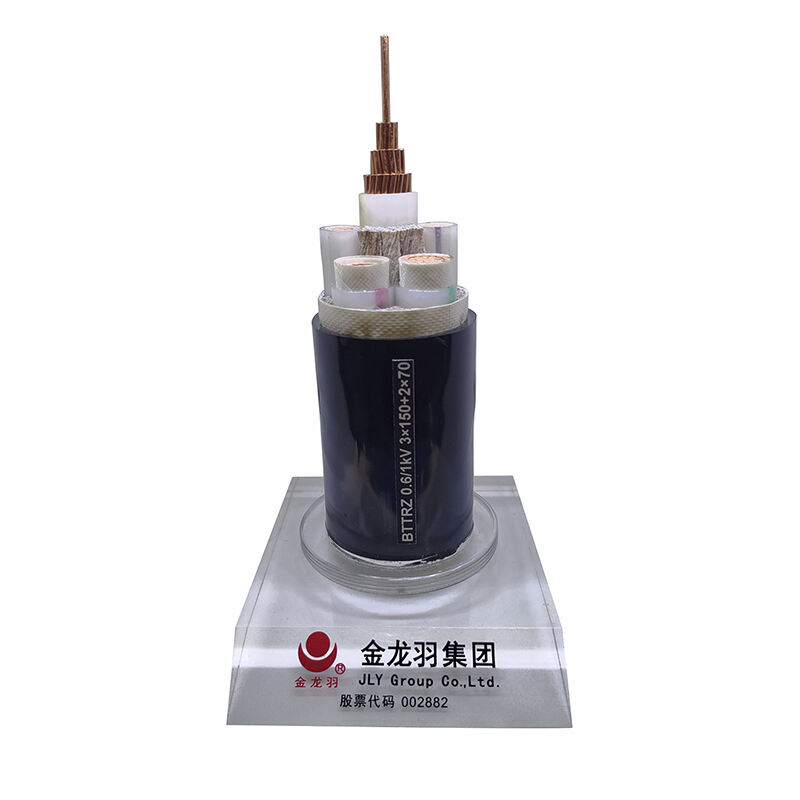In electrical engineering, there is a growing need for cables that are strong, adaptable and cutomized. One of the more recent breakthroughs is the creation of flexible mineral cables which are reliable, performace-driven, and good for rough conditions. In this article, we look at the innovation of flexible mineral cables, including their construction, gains, use cases, and the industries that are likely to propel this segment in the future.
Flexible mineral cables are made from a combination of flexibly polymer and some minerals, which allows the cable to perform exceptionally in grueling conditions. Unlike flexible designated mineral cables, traditional cables tend to degrade very quickly when exposed to extreme temperatures or mechanical stress. Their composition is unique in a way that the insilation is mineral based, making them suitable for a multitude of demanding services. The primary reason for their application in oil, gas, mining, and construction industries is that they are stubbornly durable and perform great under rough conditions.
Fleixible minreel cables can undertand both harsh environments and high levels of moisture, which increases longevity of the cables. These cables can sustain moisture, temperature, and chemical exposure which makes them favorable for mounting inside and outside of buildings. For example, offshore oil rigs are able to use water and mineral flexible cables because the surrounding environment can be extremely harsh, allowing for proper protection against water and other corrosive elements. The added benefit of flexible installation makes mounting cabled in harsh conditions easy. This saves time and labor costs while also making products more favorable.
Beyond being flexible, mineral cables are also extremely energy efficient. Cables are designed to lose minimal energy when transmitting which is highly benefecial for businesses cutting down on operating costs. The ability to function at high temperatures while also not having a negative impact performance further showcases how these cables can allow industries to reach energy efficiency goals while maintaining safety cut standards.
The market for flexible mineral cables will only expand as industries continue to search for products that combine durability and flexibility. These cables will only continue to become more favorable to manufacturers which will increase the amount of money spent on R&D for features such as increased resistance to heat and other hostile factors. This is further proof of the shift towards better, more efficient, and greener electrical solutions in unison with the need to consume less energy and reduce carbon emissions.
To conclude, the advanced development of flexible mineral cables marks a breakthrough in electrical engineering due to their increased durability and efficiency for a wider range of applications. With the evolution of industries and their emergent challenges, the need for dependable and adaptable cable solutions will grow in importance. Those companies that focus on these types of innovations will not only satisfy the market’s current demands, but also set the foundations for a more sustainable approach in the future of electrical engineering.

